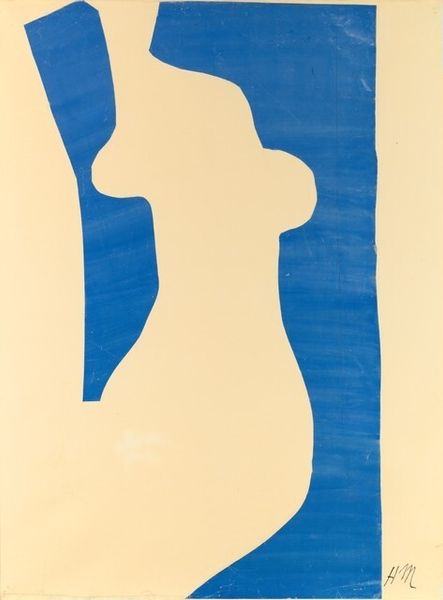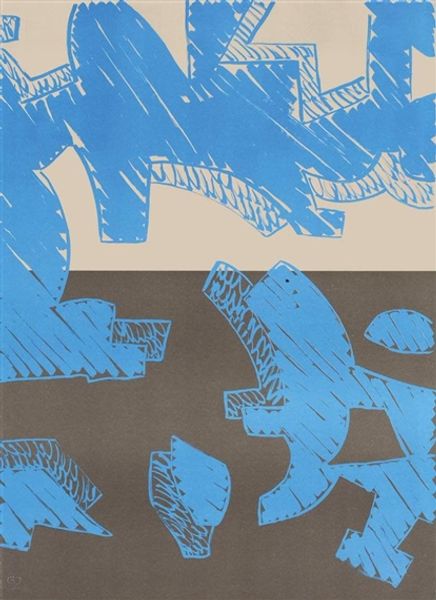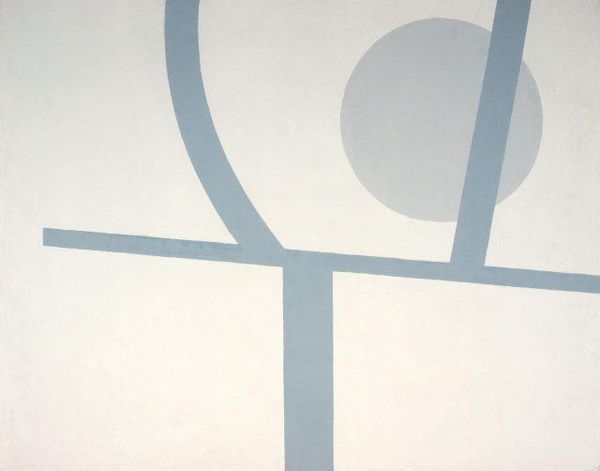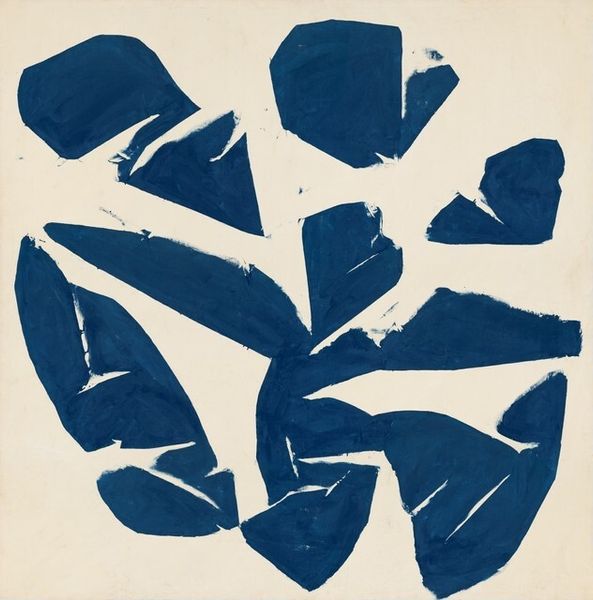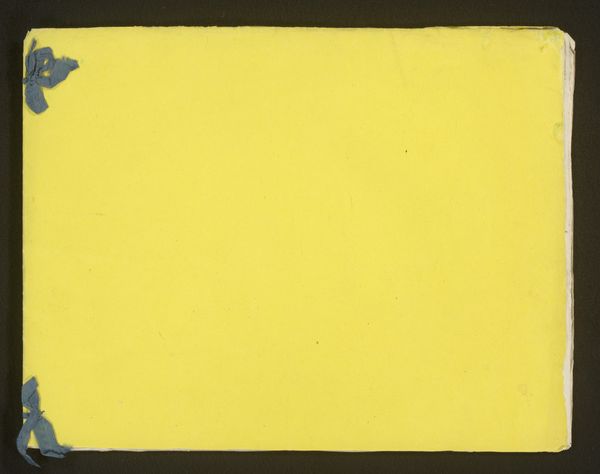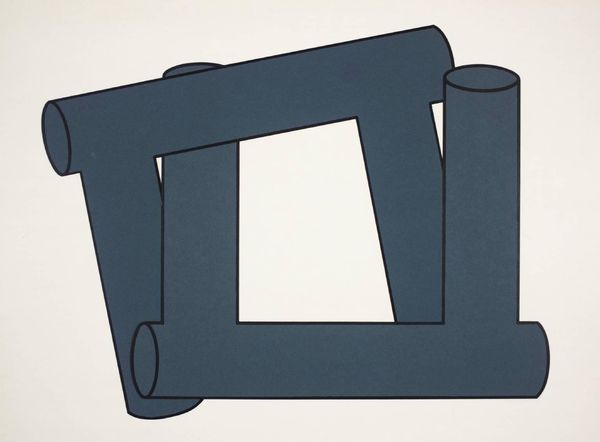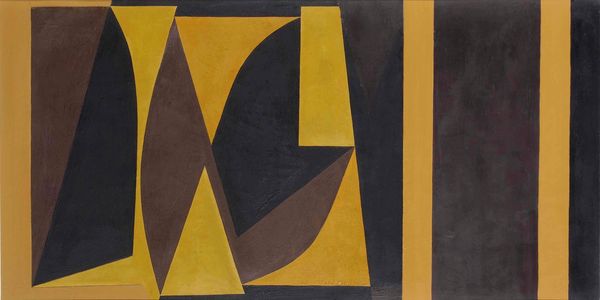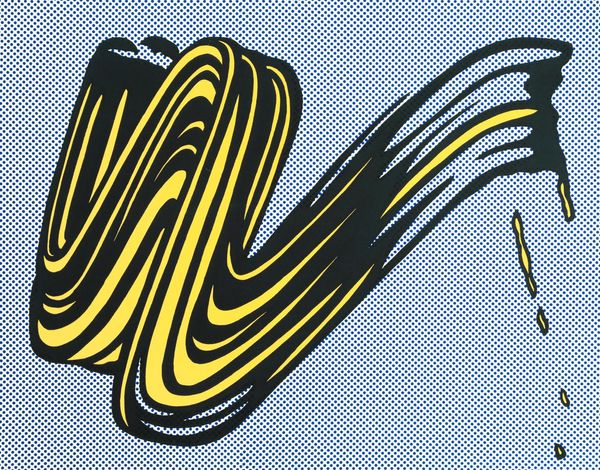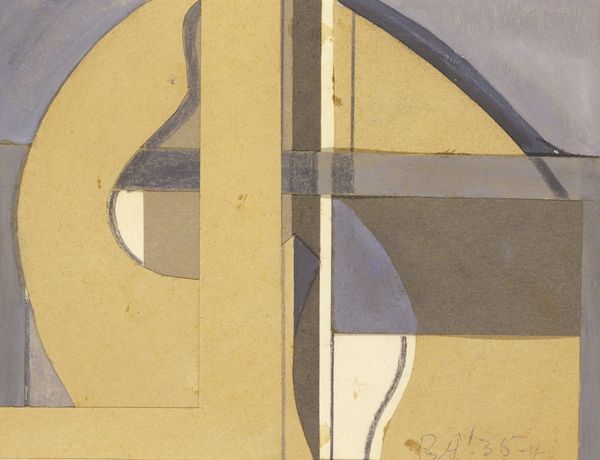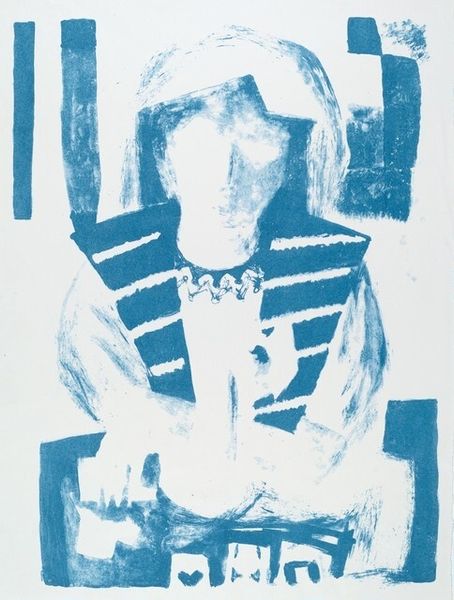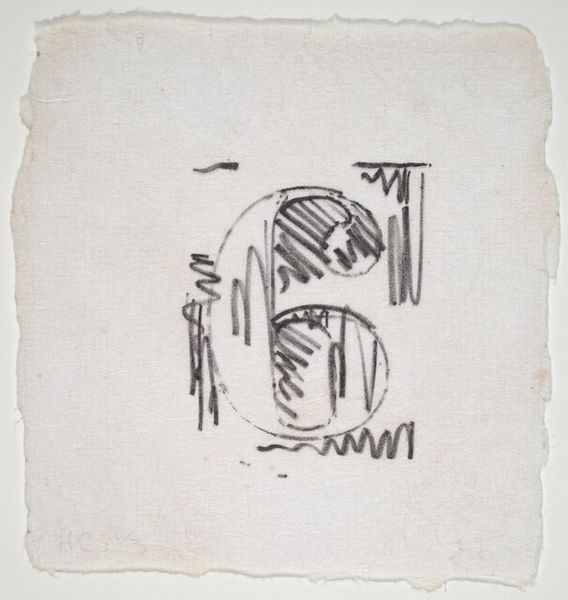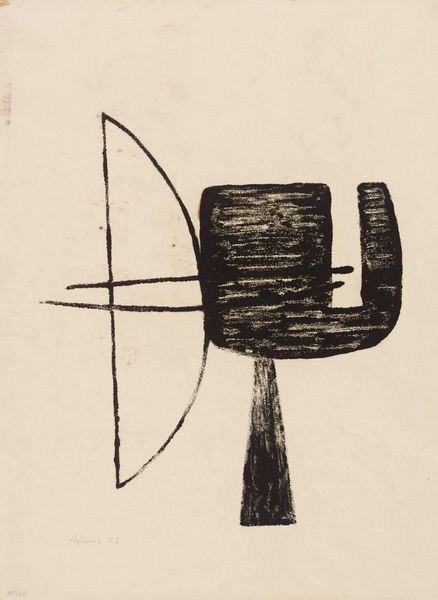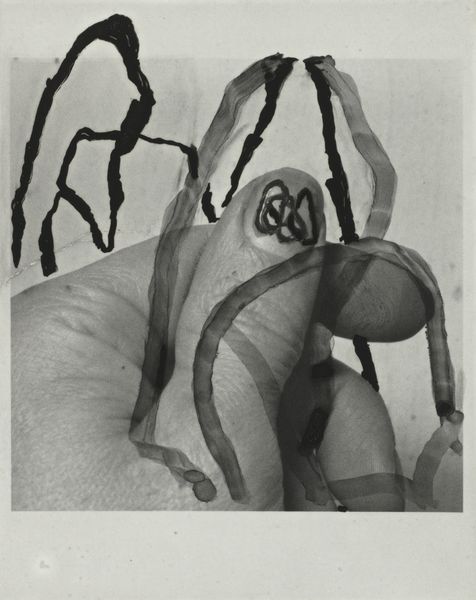
drawing
#
portrait
#
drawing
#
cubism
#
figuration
#
sketch
Copyright: Public domain US
Curator: Well, this is intriguing. We're looking at Fernand Léger's "Skating Rink Marine blue and red drawing of costume," created around 1921. Editor: It certainly grabs your attention. My immediate thought is the incredible economy of line and shape. There’s a near-abstract quality, even though it’s clearly a figure. Angular, very bold, the red is just a hint of colour, but really emphasizes the navy. Curator: Absolutely. Léger’s cubist influences are apparent here, the figure deconstructed into simplified geometric forms, but retaining a dynamic sense of movement and playfulness. The title refers specifically to a costume design. It's very functional for theatre costume I guess! Editor: You see that too? I find myself wondering about the political context in which Léger made this. Costumes were highly charged with ideologies, particularly in dance and theater design and the politics of dress were essential in representing an avant-garde ideal. How do you read these minimalist eyes as part of a broader political image? Curator: It's interesting you mention politics; one could say the abstracted forms embody a drive towards modernization and perhaps even an attempt to visually democratize the human form by stripping away specific features. These shapes, combined with the implied motion, hint at a figure liberated through movement in the "machine age." To me, it represents, perhaps, a uniform like appearance, dehumanization of workers but maybe there's a more simple explanation than that. Editor: The marine color really pulls the picture, it suggests a very nautical kind of atmosphere. Like there's this constant idea of industry being translated onto workers, like it is on our coast. So it becomes not simply an art work but also becomes an icon. Curator: Right, it transforms into a cultural touchstone through a singular vision. Seeing art through such symbolic readings reminds us of its enduring power. Editor: Exactly, and analyzing it through social and cultural forces uncovers new levels of cultural appreciation and understanding. These two avenues both complement and conflict in some situations. But at the very least we're considering it.
Comments
No comments
Be the first to comment and join the conversation on the ultimate creative platform.

